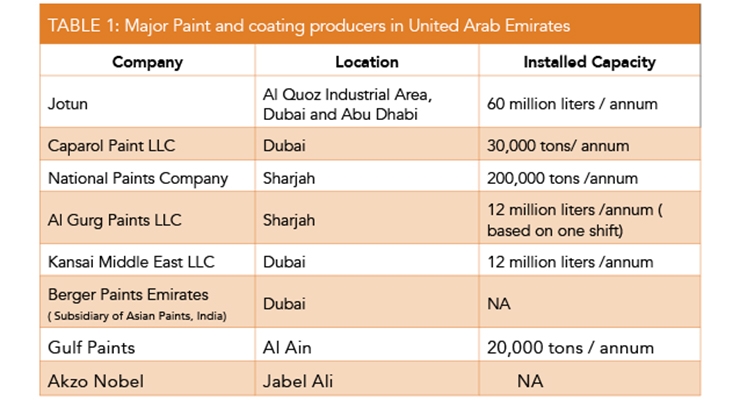The Impact Of Weather On Your Outside Paint Job
The Impact Of Weather On Your Outside Paint Job
Blog Article
https://www.idealhome.co.uk/all-rooms-ideas/paint-ideas-234057 -Reilly Dowling
Recognizing exactly how weather conditions can influence the outcome of an outside paint endeavor is vital for attaining a remarkable finish. From temperature variations modifying paint adhesion to moisture levels affecting drying out times, each aspect of weather condition plays a considerable duty in the success of your task. Furthermore, wind speed and rainfall can present unanticipated obstacles that might compromise the high quality of the outcome. As we browse with the nuances of weather's influence on exterior painting, it ends up being obvious that meticulous planning and calculated timing are critical for making sure a specialist and sturdy outcome.
Ideal Temperature Level Array for Painting
When thinking about outside paint tasks, the optimal temperature variety plays an important function in accomplishing optimal outcomes. Painting in the ideal temperature problems makes certain that the paint sticks appropriately to the surface, dries out equally, and treatments properly. Normally, the recommended temperature level array for external painting is between 50 to 85 degrees Fahrenheit.
Painting in temperatures below 50 levels Fahrenheit can cause problems such as bad paint adhesion, prolonged drying out times, and an increased possibility of splitting or peeling off.
On the other hand, painting in temperature levels above 85 degrees Fahrenheit can cause the paint to completely dry too rapidly, resulting in blistering, bubbling, and an irregular finish.
To accomplish the very best results, it is important to examine the weather prediction before starting an exterior paint task. Preferably, purpose to repaint throughout moderate weather with modest temperatures and reduced humidity degrees.
Effects of Humidity on Paint Drying
Moisture degrees dramatically affect the drying out process of paint put on exterior surfaces. High moisture can extend the drying time of paint, bring about possible issues such as trickling, streaking, or perhaps the formation of bubbles on the repainted surface area. Excess wetness in the air reduces the dissipation of water from the paint, preventing the curing process. This is specifically troublesome for water-based paints, as they rely upon evaporation for drying.
On the other hand, reduced humidity degrees can likewise influence paint drying. Extremely dry problems might cause the paint to completely dry also promptly, causing inadequate adhesion and a rough finish. In such situations, including a paint conditioner or spraying a fine haze of water in the air can assist control moisture levels and improve the painting end result.
To ensure optimal drying conditions, it is a good idea to repaint when the moisture levels range in between 40% and 50%.
Surveillance moisture degrees and taking ideal steps can aid attain a smooth and durable paint surface on outside surfaces.
Wind and Rainfall Considerations
Wind speed and rainfall are crucial factors that dramatically influence the success of an outside paint project.
When it involves wind, both rate and instructions are essential considerations. High wind rates can cause paint to completely dry as well promptly, leading to a poor finish with possible issues like splitting or unequal texture. Additionally, https://house-painters-near-me44332.izrablog.com/34396477/boost-your-living-area-learn-how-hiring-house-painters-can-work-wonders-for-your-home can carry particles that may comply with the wet paint, leading to imperfections. Therefore, painters need to intend to deal with days with light to moderate winds for optimum painting conditions.
On the other hand, rainfall, whether rainfall or snow, can be extremely detrimental to the outcome of an exterior paint task. Dampness from rainfall can impede paint bond, creating peeling off and bubbling over time. It is important to prevent paint during stormy or snowy climate to guarantee the durability and top quality of the paint job. Painters should likewise permit adequate time for the surface to completely dry extensively after any kind of precipitation before beginning or resuming the paint process.
Conclusion
To conclude, weather conditions play a considerable duty in the outcome of an external painting project. The suitable temperature level range, humidity degrees, wind rate, and precipitation all add to the success or failure of the paint task.
It is important to think about these factors and plan appropriately to guarantee appropriate paint bond, drying out times, and general high quality of the ended up item.
